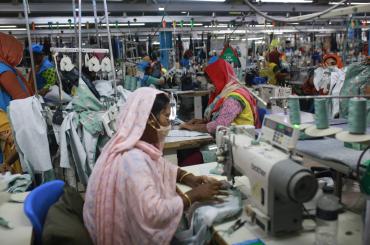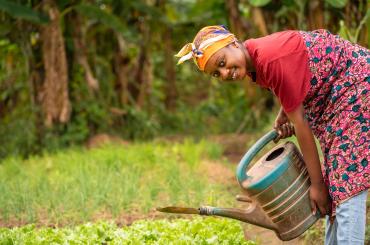
Methods & Measurement
-

Predicting terror attacks using insurgent networks and revenue streams
Al-Shabaab’s revenue streams and its position in the al-Qaeda network are strong predictors of its attacks and can be used to more accurately estimate the impacts of terrorism
-

Implementation matters: Measure it and account for it
Implementation metrics explain much of the difference in effectiveness for a set of education programmes across studies and settings, playing a key role in generalisability
-

Micro and macro research: Bridging the divide
Development economists can complement their research with techniques from across the "micro-macro divide" to improve the policy relevance of their findings
-

Providing plausible deniability empowers workers to report harassment
A novel survey method provides plausible deniability to workers reporting harassment in organisations and increased reported levels of threatening behaviour, physical harassment, and sexual harassment at a large Bangladeshi apparel producer
-

Putting research into practice at the Inter-American Development Bank
How can research help policymakers in Latin America and the Caribbean tackle economic challenges?
-

Research into practice: Lessons from development impact evaluation
Insights and lessons from a career of putting research into practice
-

The challenge of measuring intimate partner violence via self-interviewing
Self-interviewing survey techniques substantially increase reported levels of intimate partner violence, but this may be driven by respondents’ misunderstanding
-

Development in the 21st century
How can development economics respond to the challenges of the 21st century?
-

How do gender and marriage perceptions influence reporting of labour in Ghana?
Estimates of labour productivity derived from self vs proxy-reports differ significantly due to gender and marriage satisfaction effects